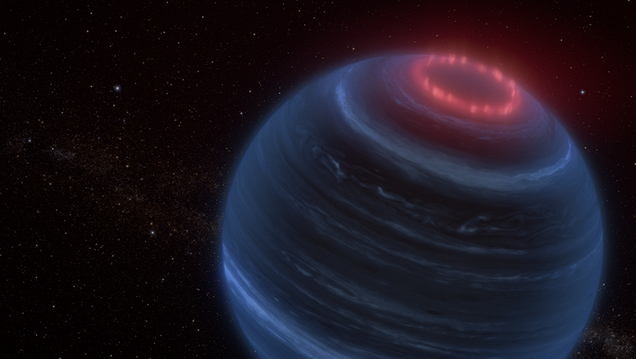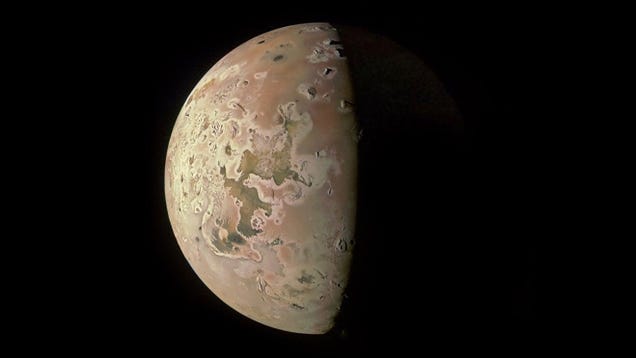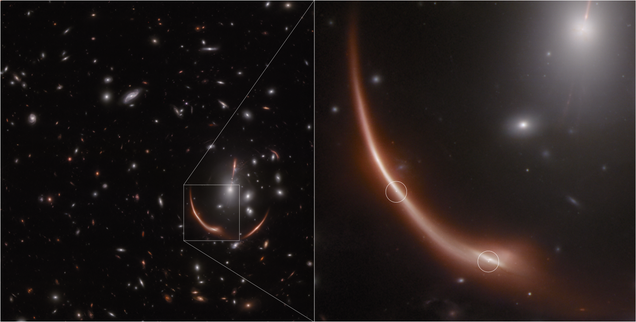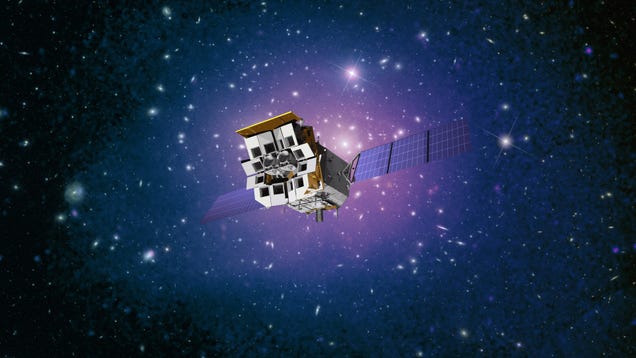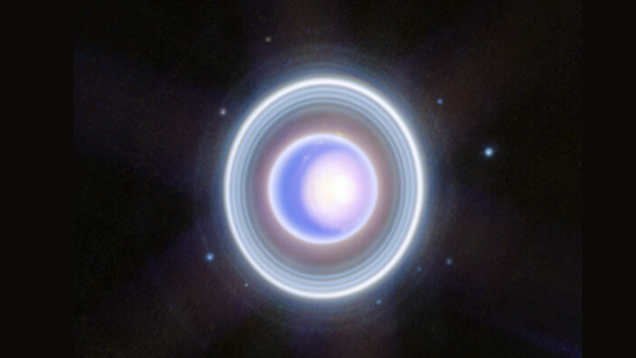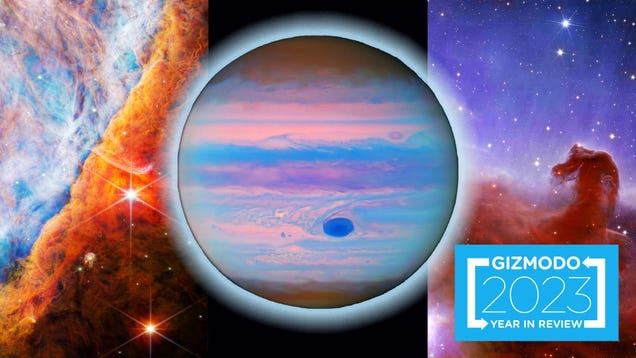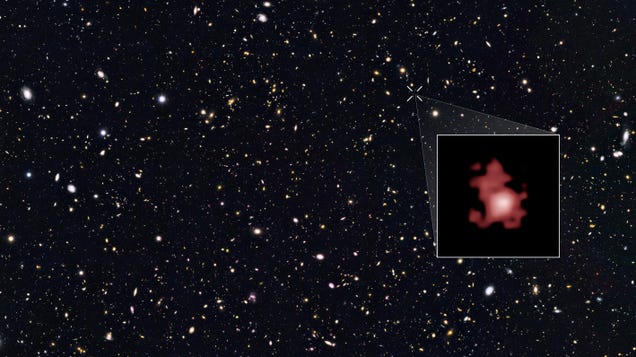
A team of researchers found a black hole from the early universe, prompting new questions as to how such ancient massive objects might form. The black hole dates to about 400 million years after the Big Bang—the start of the universe as we know it—making the object over 13 billion years old.

